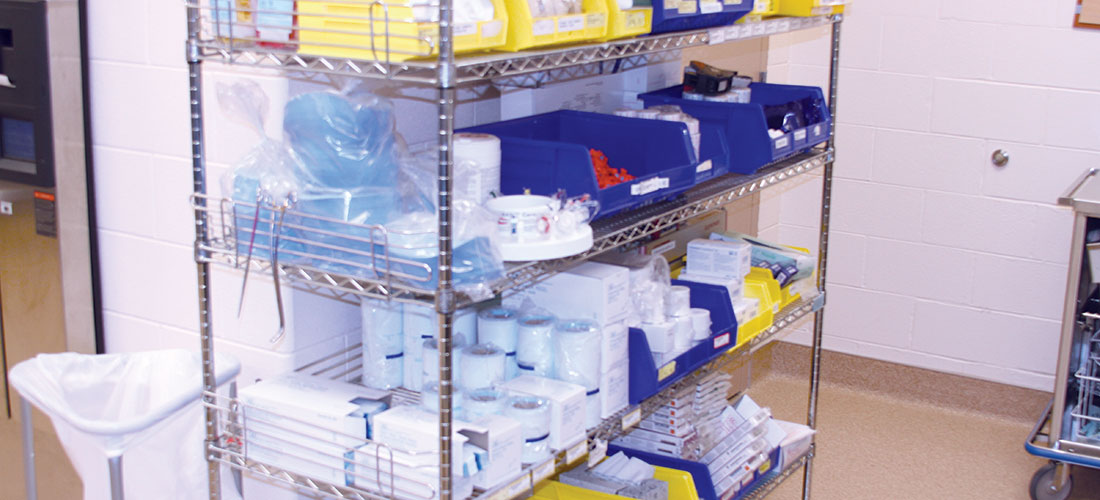COVID-19 Supply Chain Management Lessons
By: Aorn Staff
Published: 4/6/2022
COVID-19 Supply Chain Management Lessons

One of the top challenges facing healthcare facilities during the current COVID-19 pandemic continues to be managing unpredictable supply demands. Keeping patients and nurses safe through effective supply chain management has always been a priority but Gail Horvath, MSN, RN, CNOR, CRST, who is a senior patient safety analyst and consultant with ECRI believes some of our previous approaches may have heightened the current crisis.
The Periop Life had the opportunity to ask Horvath about the current state of supply chain management and what we can all focus on moving forward.
What are some of the top barriers to effective supply chain management during the COVID-19 pandemic?
I think some of the biggest barriers have resulted from lack of transparency. Also, the recent trends toward globalization of supply chains combined with organizations operating leaner and the move toward “just in time” inventory have exposed the fragility of the system. While we are more efficient, these factors all contributed to a lack of cooperation because everyone was competing for the same supplies.
How can supply chain managers help lower costs and improve visibility into spending and supply usage?
I think one of the most effective strategies is to have predictive analytics and back-up plans in place to anticipate and readily respond to unexpected circumstances that cause supply chain disruption and subsequently increase the cost of goods.
Although carrying inventory has a cost associated with it, supply chain managers need to be proactive to avoid the negative impacts of a disruption in the supply chain. They must have a good understanding of the risks and vulnerabilities of their suppliers. This means knowing where their supplies are manufactured and how they are shipped. So, when an unexpected event occurs such as a tsunami in Southeast Asia, what supplies will be more difficult to obtain and what is the backup plan?
How can clinicians and supply chain managers improve overall teamwork to improve patient outcomes?
I like to say that clinicians need to not only practice evidence-based delivery of quality care, but also have a fiscally responsible practice. Periop managers should include clinicians in purchasing decisions, and clinicians need to know the price of goods. This means eliminating practices that deplete supplies but don’t contribute to patient outcomes or safety. This may mean only opening one-half drape sheet instead of two. Or, have supplies available but don’t open them unless needed. When working with vendors for custom packs only include in the pack what will be used at least 95% of the time. Some time ago, I had my staff review our custom packs and once they eliminated what was rarely used it amounted to a multiple million-dollar savings each year.
What types of automation and data analytics are significantly improving inventory management? How helpful is perioperative-specific content to optimizing pre-op, intra-op, and post-op OR supply chain management?
The electronic health record that integrates with the organization’s inventory system, and the use of EDT (electronic data transfer) interfaces with distributors, vendors and other sources, can help manage replenishment as well as give good financial information about the costs per case.
There are also databases available that give organizations supply equivalent information – so if there is a shortage of a particular item, they have information readily available of a viable alternative or substitute and can continue business. Artificial intelligence (AI) systems are gaining traction in healthcare as well and show promise for inventory management.
As the pandemic continues, OR managers and supply chain managers have the responsibility to keep patients and team members safe and to help better manage the high costs resulting from inadequate supply chain management. Setting aside time to ask your team the right questions regarding their personal use of supplies and involving clinicians in the purchasing decisions from the beginning will help healthcare facilities better manage during the pandemic and beyond.


